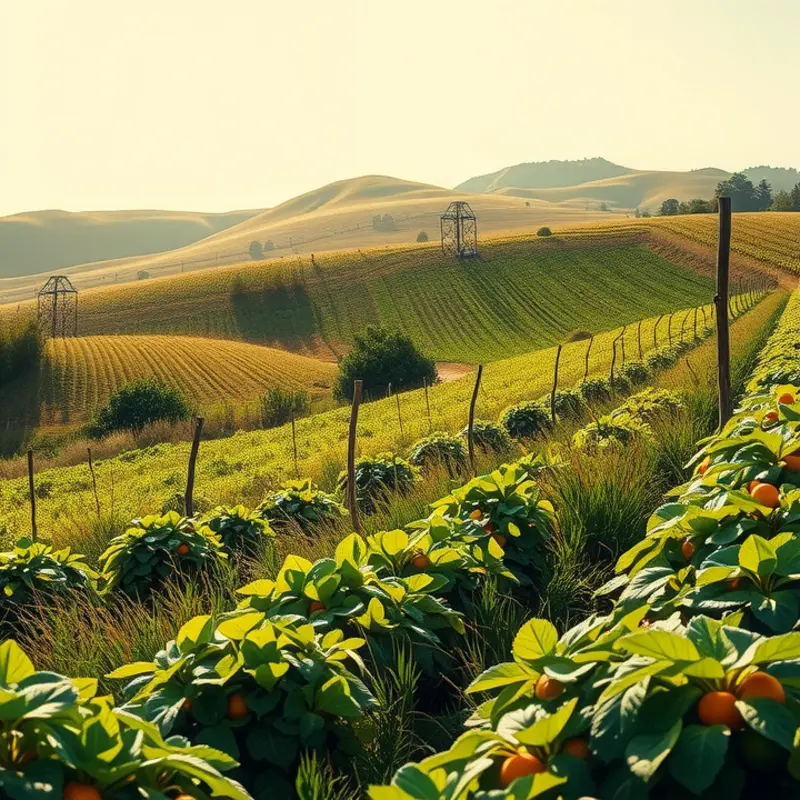Efficient food storage is crucial for reducing waste and maintaining freshness. By implementing eco-smart storage practices, you can not only prolong the life of your food but also enhance your food management skills at home. Discover actionable methods and techniques that encourage sustainable habits, ensure food safety, and help you minimize waste in your kitchen.
Optimize Your Refrigerator for Freshness

A well-organized refrigerator can significantly extend the freshness of your groceries while reducing waste. Start by setting your refrigerator to the proper temperature, ideally between 35°F and 38°F (1.7°C and 3.3°C). This range is cold enough to preserve perishables yet warm enough to prevent freezing.
Next, understand the different zones within your refrigerator. Each area has a unique function: the upper shelves typically maintain the most consistent temperature, making them ideal for ready-to-eat foods like leftovers or drinks. Store raw meat and poultry on the bottom shelf to prevent any drips from contaminating other foods.
The refrigerator door is the warmest area, so reserve it for condiments and other items less sensitive to temperature changes. Avoid placing milk or eggs in the door, even though it might seem convenient.
When organizing shelves, keep similar foods together. Group dairy items in one section and fresh produce in another. Utilize clear bins or containers to keep your refrigerator tidy and make items easier to find, reducing the time the door is open and preventing loss of cool air.
To maximize longevity and freshness, take time to prepare your produce. For leafy greens, wash and dry them thoroughly before placing them in airtight containers with a paper towel to absorb excess moisture. For fruits like berries, keep them unwashed until you’re ready to eat them to prevent mold growth.
Utilize the crisper drawers for fruits and vegetables; many modern refrigerators offer separate humidity settings for each drawer. High humidity is suitable for leafy greens, while lower settings work best for fruits.
Ensure all food items are visible. A cluttered refrigerator hides produce that may quickly become forgotten and spoiled. If space allows, practice the ‘first in, first out’ method. Place newly purchased items behind older ones.
Staying mindful of the different storage needs of various items not only preserves their quality but also aligns with eco-friendly practices by minimizing waste. Implementing efficient storage strategies complements broader efforts in sustainable kitchen practices. For additional tips on reducing kitchen waste, check out low-waste cooking prep.
Implement these strategies, and you’ll find your food stays fresher longer—saving you both time and money while supporting a more environmentally friendly kitchen lifestyle.
Smart Strategies to Reduce Food Waste

Minimizing food waste in your kitchen begins with proper storage practices tailored to each type of food. For fresh produce, using airtight containers or breathable fabric bags helps maintain moisture balance, prolonging freshness. It’s also crucial to place fruits and vegetables in separate areas due to differing ethylene production levels.
Clear containers are invaluable for increasing visibility. They allow you to easily spot what you have, reducing the likelihood of repurchasing items already at home. Labeling each container with dates is another effective practice. This simple step ensures you use older ingredients first, following the ‘first in, first out’ guideline. Clarity and organization can go a long way to cut down on waste, saving money and resources.
Maximizing leftovers involves more than just reheating yesterday’s dinner. Transform extra portions into new meals. For instance, leftover roasted vegetables can become the foundation of a hearty soup or a flavorful frittata. When dealing with cooked grains or proteins, create stir-fries or salads for a quick lunch solution. This not only reduces waste but also encourages culinary creativity.
Meal planning is an essential strategy to combat waste before it starts. Plan weekly meals around ingredients you already have, ensuring everything gets used. If you’re new to planning, start by structuring meals around versatile ingredients like grains, beans, and seasonal vegetables. This approach can greatly reduce impulse buys and forgotten perishables.
Scrap repurposing is an art that can significantly shrink your waste output. Vegetable peels, stems, and bones become nutrient-rich broths with little effort. Additionally, overripe fruits can be blended into smoothies or baked into muffins. Explore root-to-stem cooking, transforming what would typically be discarded into delicious additions.
For those seeking more low-waste techniques, this guide offers tips on integrating efficient prep methods. These practices not only contribute to individual sustainability efforts but also support broader environmental health.
By seamlessly integrating visibility, labeling, and thoughtful meal planning, we not only combat food waste but also foster a more sustainable household ethic. Collectively, these efforts empower us to protect our planet while optimizing our grocery spending.
Final words
By implementing these eco-smart storage practices, you not only create a more organized and efficient kitchen but also contribute to sustainability by reducing food waste. Taking small steps, such as optimizing refrigerator space and employing smart strategies for leftovers, can lead to significant improvements in your food management. Remember, it’s all about being mindful of food choices, recognizing what needs to be used and when, and allowing freshness to extend your food’s life. Your kitchen can become a hub of sustainability, benefiting both your family and the planet.







